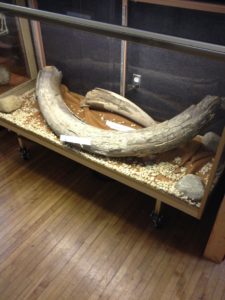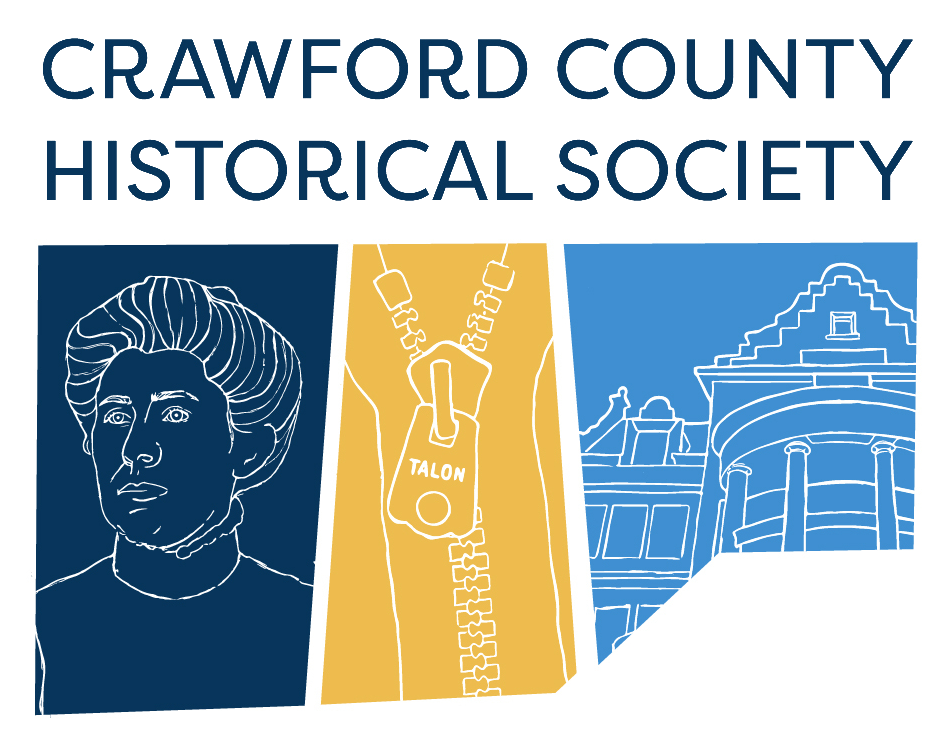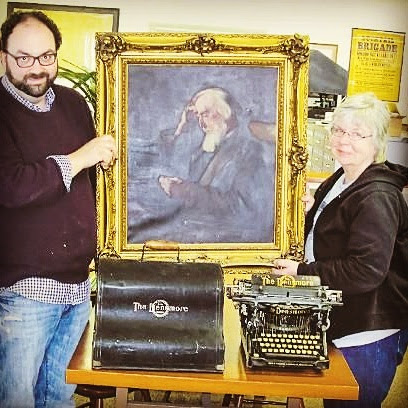INTERPRETING CRAWFORD COUNTY’S HISTORY
Interpreting the story of Crawford County’s history is at the core of the Society’s ongoing mission of uncovering and protecting the county’s past in order to enrich our future. To accomplish this mission, the Society’s efforts are focused on six primary functions that allow us to interpret that story through tangible means like historic artifacts, exhibits, and properties. These six functions include acquiring, recording, preserving, studying, exhibiting, and educating.
Unlike many rural counties, Crawford County is fortunate to have, not only a history with world impact, but also many tangible ways to share that history through museums, historical landmarks, and exhibit materials the Society is responsible for.
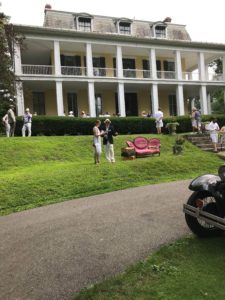
MUSEUMS
The fundamental purpose of a museum is to maintain and preserve objects of historic and cultural importance, and Crawford County Historical Society maintains and operates several museums made accessible to the public. Of these, the Baldwin-Reynolds House at Mount Hope, is the most recognizable, offering art collections, programming, and an event venue amid the natural beauty and architecture of a Supreme Court justice’s former home. The life of a country doctor can be experienced at the nearby Dr. Mosier Office Medical Museum, while the Johnson Shaw Stereoscopic Museum offers visitors a chance to see the world literally through the lens of early 3D technology. And in August, the history of Pennsylvania’s largest agricultural fair can be witnessed by strolling through the Crawford County Fair History Museum.
HISTORICALLY SIGNIFICANT SITES
Crawford County is dotted with numerous historically significant sites that represent various aspects of our heritage from our earliest days into the modern era. Among these, the Society maintains a portion of the French Creek Feeder Canal along Terrace Street, giving visitors a sense of this area’s crucial connection to the Erie Canal network. The story of Crawford County is not solely told by the Society, however. Places like John Brown’s Tannery, and the county’s many heritage organizations [INTERNAL LINK] along with a host of historical markers help complete that narrative.
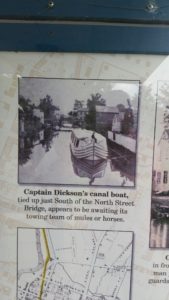
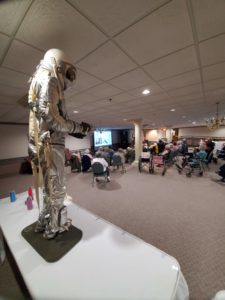
TOURS, SPECIAL EXHIBITS AND GUEST SPEAKERS
The Society offers the public opportunities to experience our history in more intimate ways through tours and special exhibits on a seasonable basis. Those interested in on-site tours such as our History of Greendale Cemetery and limited exhibits like Rare Artifacts from our Vault should review our Events Calendar for upcoming listings or sign up for our newsletter for announcements. The Society also maintains a list of topical experts who are available to speak at your organization’s next event. Interested parties can review the current roster on our Request a Speaker page for details.
NATURAL HISTORY
Crawford County’s story cannot be fully told without understanding the natural history of the area and the unique geology and geography that dictated that story’s course. Prehistoric glacial events formed the natural lakes and the French Creek Watershed which served as the habitat for a diverse range of species from the ancient wooly mammoth to the hellbender salamander of today. Such biodiversity naturally attracted native populaces representing the Seneca, Iroquois, Lenape, Delaware, and Algonquian peoples who would give us the names we today still associate with many county landmarks. These Native Americans who tended the land would eventually give way to the European settlers and colonists who also benefited from the natural habitat through agriculture, outdoor recreation, and the oil welling up within the layers of rock below. Today, thanks to the conservation efforts of the French Creek Conservancy, people can still enjoy much of the natural beauty and resources that greatly influenced the area’s history.
